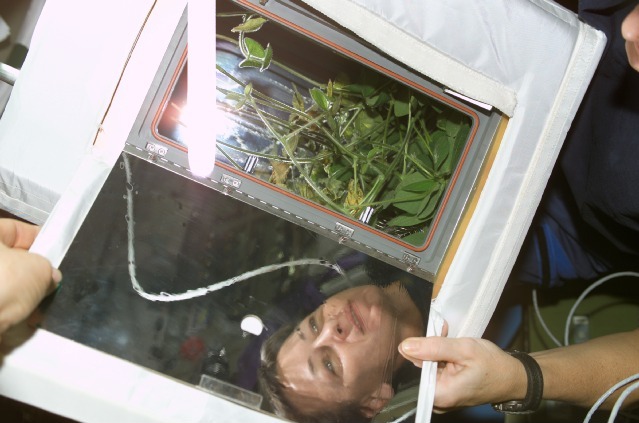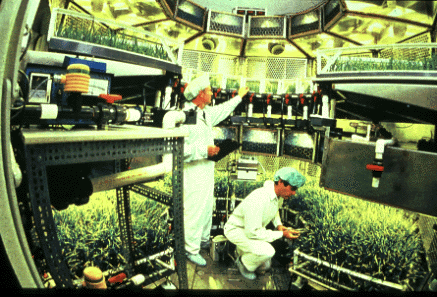![]()
Doug Comstock spoke on “Partnering with NASA: Innovation Through Colloboration” at the NASA CoLAB tenth Luna Philosophie event in San Francisco this evening (Aug. 5) at the Yahoo! Brickhouse. CoLAB is a NASA effort to build direct and open collaborations between the public, and NASA scientists and engineers. Comstock directs NASA’s Innovative Partnership Program. He gave a serious presentation regarding various partnership mechanisms and ended with a high-energy video. That video contained clips from the movie Armageddon which was a small cause for alarm given the recent CoLAB presentation titled “Will An Asteroid Hit the Earth?” Is NASA trying to tell us something?
Comstock mentioned that NASA’s Centennial Challenges are an effective way to bring new participants into NASA research and a cost-effective way to develop solutions to space-related technical challenges. At least two of the Challenges bear upon sustainability: power beaming (Oct 28) and renewable energy (no date set yet).
Worth special mention here for sustainability entrepreneurs are the Small Business Innovative Research (SBIR) and the Small Business Technology Transfer (STTR) Programs. These are a way for small businesses to get NASA funding to develop new technologies. The small businesses retain most intellectual property rights and gain funding without diluting equity.
Since sustainable technologies often require decades to develop, it is difficult to get venture capital (VC) funding at early stages of development. VCs often consider early stage sustainable technologies to be literal science fair projects that do not offer the required quick financial exits. This is because VC funds often exist for only several years and then return the proceeds to investors. So there can be a large time gap between when technologies are conceived and when they are eligible for venture funding. SBIR and STTR funding can be crucial to bridging that gap.
There are other programs worth examining at the IPP as well, including seed funding programs and intellectual property available for licensing. Also, note that the next SBIR/STTR Phase I deadlines are September 4, 2008.



